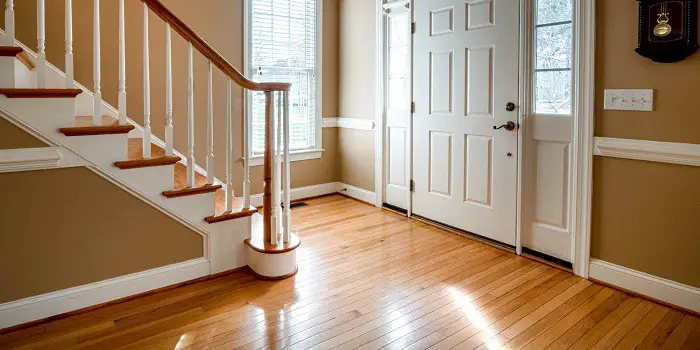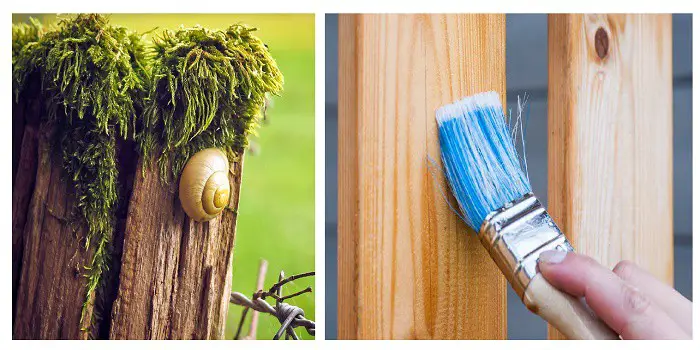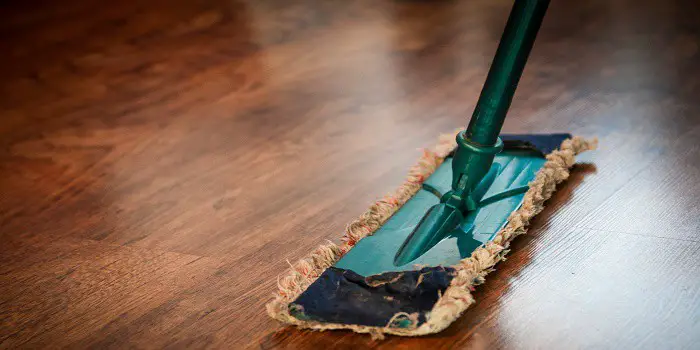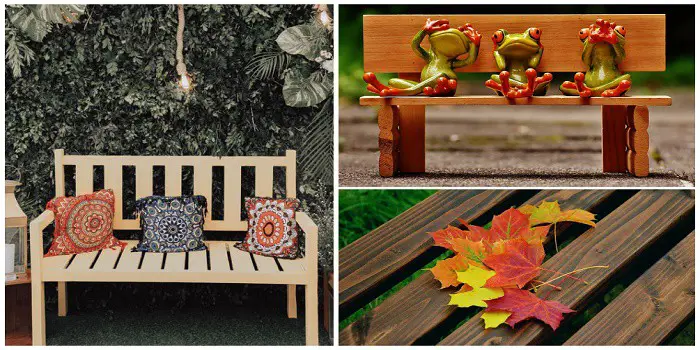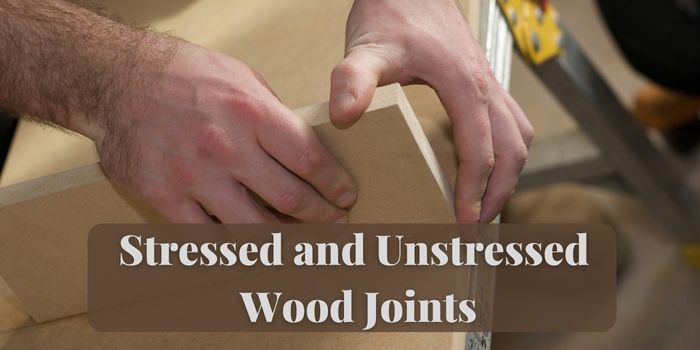
You will find the wood joint used in many different applications of woodworking. This is the art of shaping and combining wood pieces that are secured by wood glue.
The two pieces are put together with the wood glue used as an adhesive. Followed by the clamping of the joint for a specific time frame.
Wood joints come in two basic types, stressed and unstressed. But what are the definitions of stressed and unstressed as it applies to wood joints, and what are the differences between them?
What are Stressed and Unstressed Wood Joints?
The basic definition of a stressed joint is one that carries a significant dynamic load, while an unstressed joint will carry a minimal or small static load.
In other words, there will be a considerably larger force applied to a stressed joint once it is in place compared to an unstressed one.
Stressed:
You can find stressed wood joints in many different applications, from cabinetry to chairs to tables, floors, shelves, and more. The joints are in locations where there is a high amount of stress applied to them.
The stressed joint is designed to be strong and durable. Because the wood glue is stronger than the wood fibers, it can help the item withstand the stresses and forces applied to it regularly.
The typical drying time for wood glue on a stressed joint is 24 hours to allow for full curing. The additional drying time allows the stressed joint to become even stronger.
A mechanical fastener is normally used to secure the stressed joint even further in case of heavy dynamic loads.
From nails to dowels, biscuits, and screws, such fasteners help to carry even more weight without damaging the joint itself. In fact, the wood itself will normally break before the glue or the fastener.
However, such fasteners are usually applied by drilling a hole first and then adding the screw, nail, dowel, or biscuit.
This helps avoid any damage to the wood itself that might occur if the fastener was simply shoved into the fibers.
The goal of stressed joints, apart from carrying the dynamic load, is to complement the appearance of the wood and not be a visual distraction.
The types of stresses that commonly occur with such joints include the following.
- Compression – the force that smashes the joint together.
- Racking – the bending and twisting forces that are applied.
- Tension – the force of trying to pull the joint apart.
- Vertical Sheer – when each half of the joint slides against the other.
Such forces can tear apart unstressed joints quickly. It is why stressed joints must be reinforced with wood glue and fasteners.
However, if too much of one of these forces is applied or the wood itself weakens over time, then the joint will give way.
It is recommended that you do not test a stressed joint until the wood glue has fully cured. Once cured, the joint should be tested with all four main types of forces to see if it will hold strong.
Unstressed:
The opposite of a stressed joint, the unstressed joint is designed to carry only small loads that are static. This means that an unstressed joint is not nearly as strong compared to a stressed version. Some examples of unstressed wood joints can be found in the following items.
- Boxes
- Crates
- Picture Frames
- Tabletops
- Window Frames & Panels
While wood glue and wood or metal fasteners are needed for stressed joints, unstressed joints often do not require adhesives or fasteners depending on their location.
However, most woodworkers will recommend that wood glue be used to at least secure the joint itself. This will help prevent any accidental loosening of the joint.
While stressed joints require 24 hours of clamping once the glue is applied, the unstressed joint only needs about 30 minutes.
This is because the glue becomes hard enough to hold the pieces together, and no additional clamping time is needed.
Keep in mind that the drying time for wood glue on unstressed joints can vary depending on the following factors.
- Dryness of Wood
- Humidity Levels
- Temperature
- Type of Wood
For dry wood in areas of low temperatures and low humidity, the drying time can be considerably faster. Circulating the air with a fan also lowers the humidity levels.
Conversely, higher temperatures combined with greater humidity increase the drying time. If the wood is wet, that will also increase the time needed for the glue to dry.
A window frame, for example, is an unstressed joint that does not support any additional weight or dynamic forces.
In fact, it is a joint that is supported by the surrounding wall itself. Any glue or fasteners used is merely to hold the wood pieces together with more security.
As you might expect, many unstressed wood joints are decorative in nature. Many are miter joints or butt joints that are used in places where the stress is minimal.
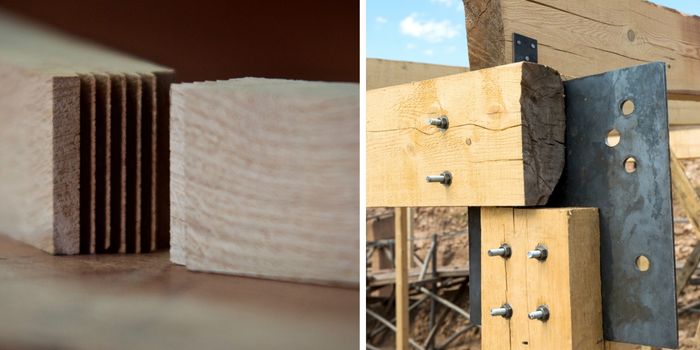
Stressed vs. Unstressed Joint – Basic Differences
Put simply, a stressed joint is designed to withstand heavier loads, is stronger, requires greater drying times for the wood glue, and uses both glue and fasteners to maintain the joint.
However, it is also less durable and more difficult to work with compared to unstressed joints.
The reason for the lesser durability is the stress placed on the joint itself. Despite the greater precautions of adding glue and fasteners, the weight will eventually wear down the stressed joint over time.
The unstressed joint, however, does not suffer from the same issues.
Theoretically, an unstressed joint with wood that is protected from rot, pests, and other issues can last for many years.
Plus, stressed joints are more difficult to create. The weight and dynamic forces issues associated with stressed joints mean that they will need to be tested to ensure they hold up.
Unstressed joints have no such issues. This means that as long as they have the proper appearance, unstressed joints are good to go.
Share the post "Stressed and Unstressed Wood Joints – What’s the Difference?"
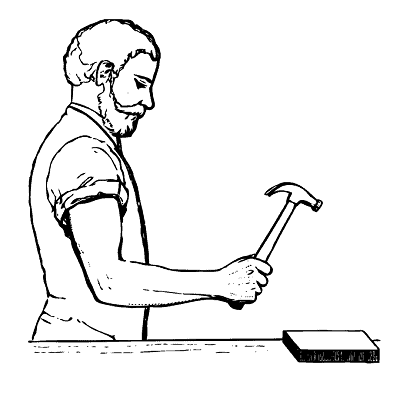
Hi, I am Mark Garner a professional carpenter, woodworker, and DIY painter. I live in the small city of Peoria, Arizona as a semi-retired woodworker. I have started this blog with a simple motive to help you with my wood experience in this sector. If you like to know more about what I love doing and how it all got started, you can check more about me here.

